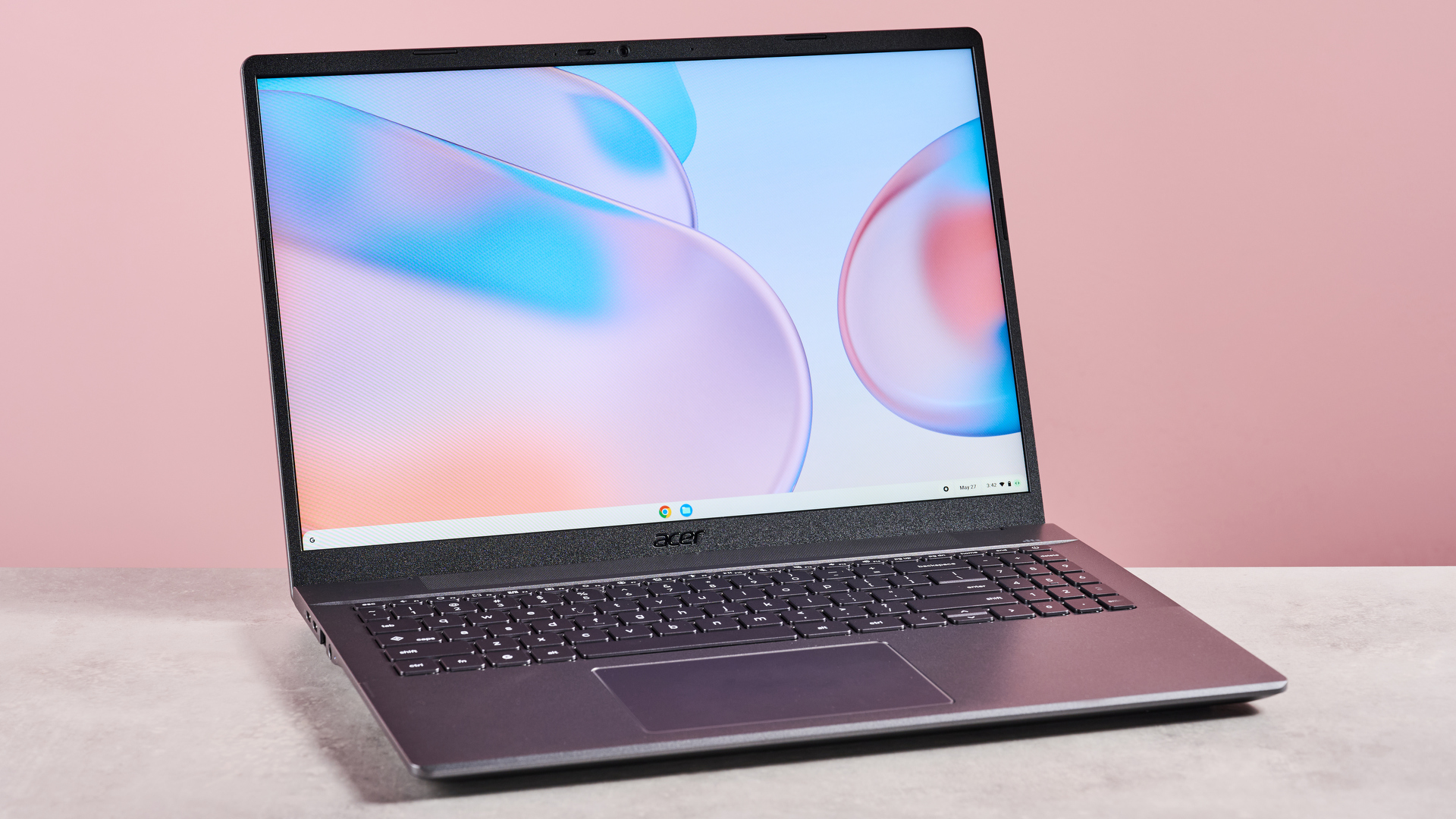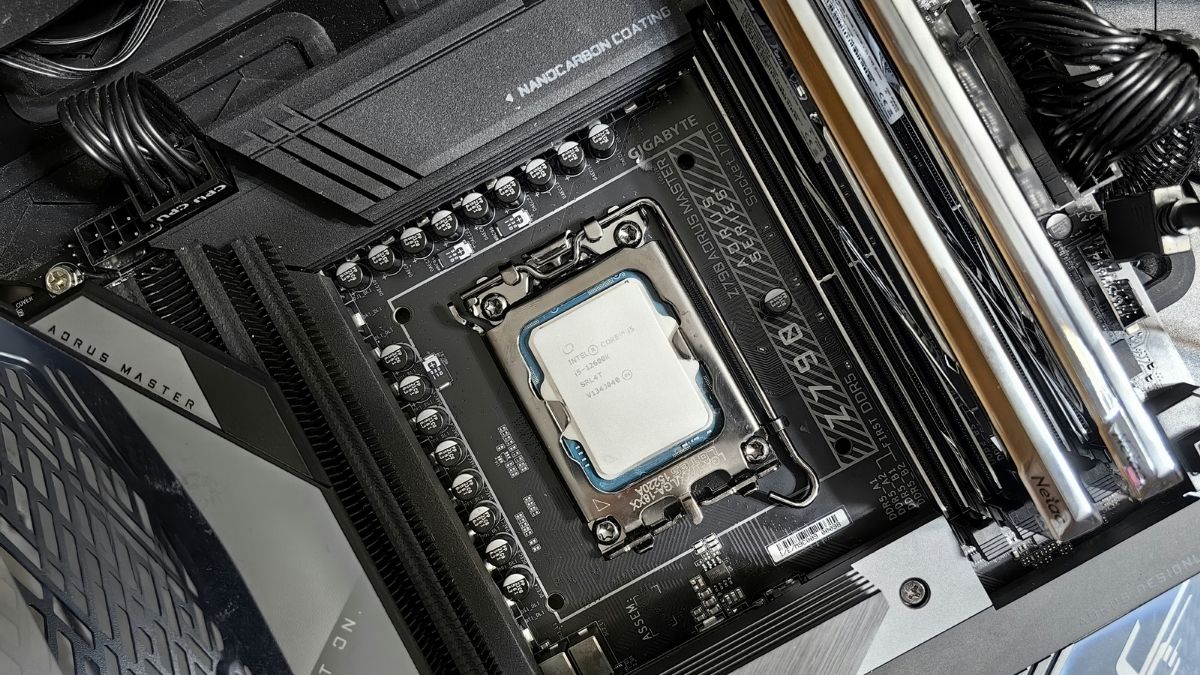Watch out, laptop buyers – RAM-based price hikes could be in the cards soon and they might be big
Laptops could soon be more expensive thanks to hefty RAM price increases

- Another hike in RAM prices could soon make laptops more expensive
- A report suggests Samsung has confirmed it's raising RAM prices soon
- Other brands like Micron have already revealed hikes for DRAM and NAND flash
It's likely that laptops (and other gadgets) are going to get pricier due to price increases that will reportedly make memory a good deal more expensive in the near future.
As Korean site New Daily reports, Samsung has apparently confirmed to partners that it's raising prices (charged to device makers) for both DRAM and NAND flash memory. This is happening in the fourth quarter of 2025, so from next month.
It's DRAM – standard RAM modules for PCs and laptops (and other hardware) – that we're concerned with here, and the report states that LPDDR memory is set to increase by 15% to 30%.
LPDDR is low-power DDR memory which is used in laptops and phones (as it's more power-efficient, as the name indicates), and it's LPDDR4X and 5X that are set to be hit with this chunky price hike (and LPDDR4, too).
NAND flash is used in storage, including cheap eMMC drives often used in low-cost laptops, and price hikes there are expected to be a somewhat less alarming 5% to 10%.
Analysis: A gloomy picture for RAM

This isn't particularly surprising to hear as we've already witnessed memory price increases this year, including reports around DDR4 RAM becoming costlier.
This is because DDR4 production is being wound down (losing out to DDR5 and HBM, where bigger profits are to be had), an occurrence that the New Daily report refers to when it talks about "tight supply" due to reduced production of older memory products.
Sign up for breaking news, reviews, opinion, top tech deals, and more.
Samsung isn't alone here, either, with Micron already having announced price hikes for DRAM and NAND flash – supposedly to the tune of 20% to 30%, according to this report – and SanDisk too (by 10% in the latter case). So, given Samsung's talk of up to 30% price increases in some scenarios, these are some considerable hikes in theory.
LPDDR4X and LPDDR5X memory is used in a whole lot of laptops, from past-gen models to cutting-edge notebooks (which run LPDDR5X), and so the cost of these RAM modules going up by a fair way is going to impact the bill of materials (the overall cost of making the device) for these laptops.
That is, of course, a price hike that will be passed on to consumers when it comes to the price of any given laptop on the shelf, and so this is an ominous hint that price tags will be ticking up soon enough.
Granted, maybe not in the immediate future, as the price of these memory modules is only being increased with effect from now (or next week), and it'll take a little time for that to filter through the supply and production chain. But not that long, and RAM-driven price rises for notebooks could well be in effect before Black Friday 2025 - though substantial discounts will doubtless still be around in the sales (as ever).
While RAM is not the costliest component in a PC (especially not in a gaming laptop where the GPU commands much of the premium), it certainly has an impact – especially for cutting-edge daily driver notebooks that load up on memory. The report specifically mentions AI PCs (Copilot+ laptops) as driving the demand for high-performance low-power RAM (LPDDR5X), as well as smartphones – which will also see pricing affected.
You might also like
Darren is a freelancer writing news and features for TechRadar (and occasionally T3) across a broad range of computing topics including CPUs, GPUs, various other hardware, VPNs, antivirus and more. He has written about tech for the best part of three decades, and writes books in his spare time (his debut novel - 'I Know What You Did Last Supper' - was published by Hachette UK in 2013).
You must confirm your public display name before commenting
Please logout and then login again, you will then be prompted to enter your display name.